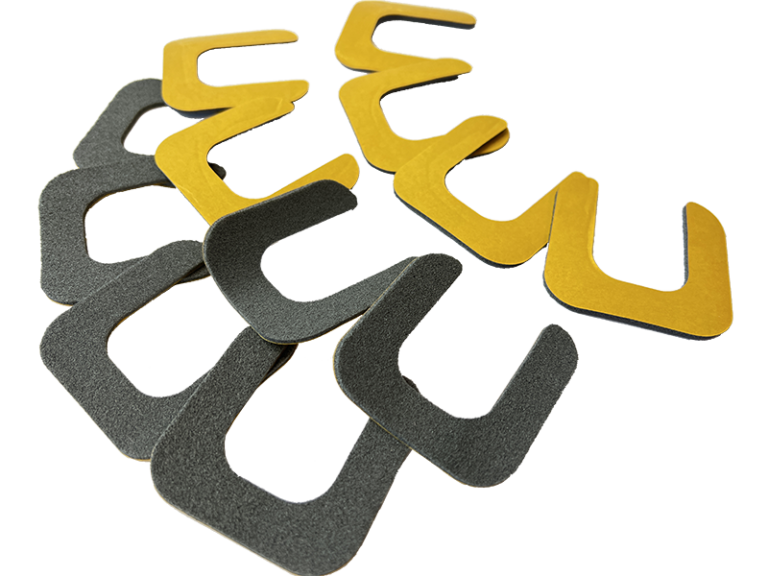Dichtungen aus technischen Laminaten
Machen Sie sich mit den Eigenschaften des Materials vertraut!
Wenn Sie an Dichtungen aus technischen Laminaten interessiert sind, klicken Sie bitte unten und kontaktieren Sie uns!


Machen Sie sich mit den Eigenschaften des Materials vertraut!

Diese Platten werden als elektrisches Isoliermaterial verwendet. Dank der Durchschlagspannung von 15 kV/mm können sie in der Hochspannungstechnik eingesetzt werden.
Glas-Epoxid-Laminate verdanken ihre hohe mechanische Festigkeit dem hohen Anteil an Glasfasern. Dank des vollvernetzten Epoxidharzes weisen sie eine hohe Formstabilität und Beständigkeit gegen hohe Temperaturen auf.
Diese Eigenschaften ermöglichen den Einsatz von Glas-Epoxid-Laminat in verschiedenen Konstruktionen, einschließlich der Verteidigungsindustrie.
Die charakteristischen Merkmale sind:
TCF cotton-phenolic boards are a high-pressure laminate reinforced with cotton fabric, characterized by exceptional stability of mechanical properties in a wide range of temperatures. The TCF textolite board is distinguished by high resistance to mechanical (including impact) and thermal overloads.
Textolite is an ideal construction material due to its dimensional stability even under heavy loads and at elevated temperatures. Even after exceeding the maximum temperature, the material does not melt, retains its shape, but carbonizes and becomes brittle.
PCF paper-phenolic plates
PCF paper-phenolic boards are special insulating paper saturated with phenolic resins.
The basic properties are exceptional mechanical stability in a wide range of temperatures (continuous operation temperature 130 degrees C).
Its very high dielectric properties mean that, for example, during a fire, the plate does not melt, but chars while retaining its shape
TSM glass-melamine (MFGC) and TCM cotton-melamine (MFCC) boards have a high CTI 600V creepage resistance index and are supplemented to the V0 class. The maximum continuous working temperature is 130 degrees C.
Fühlen Sie sich frei uns zu kontaktieren. Unser Kundenservice beantwortet Ihre Fragen schnell und professionell.
VERMET Spółka Jawna
NIP: 8172203124
REGON: 520625536
ul. Wałowa 26
39-310 Radomyśl Wielki
Adresse der Produktionsstätte:
Dulcza Mała 227a
39-310 Radomyśl Wielki
e-mail: vermet@vermet.pl
tel: +48 14 692 50 68